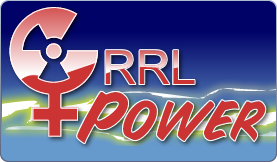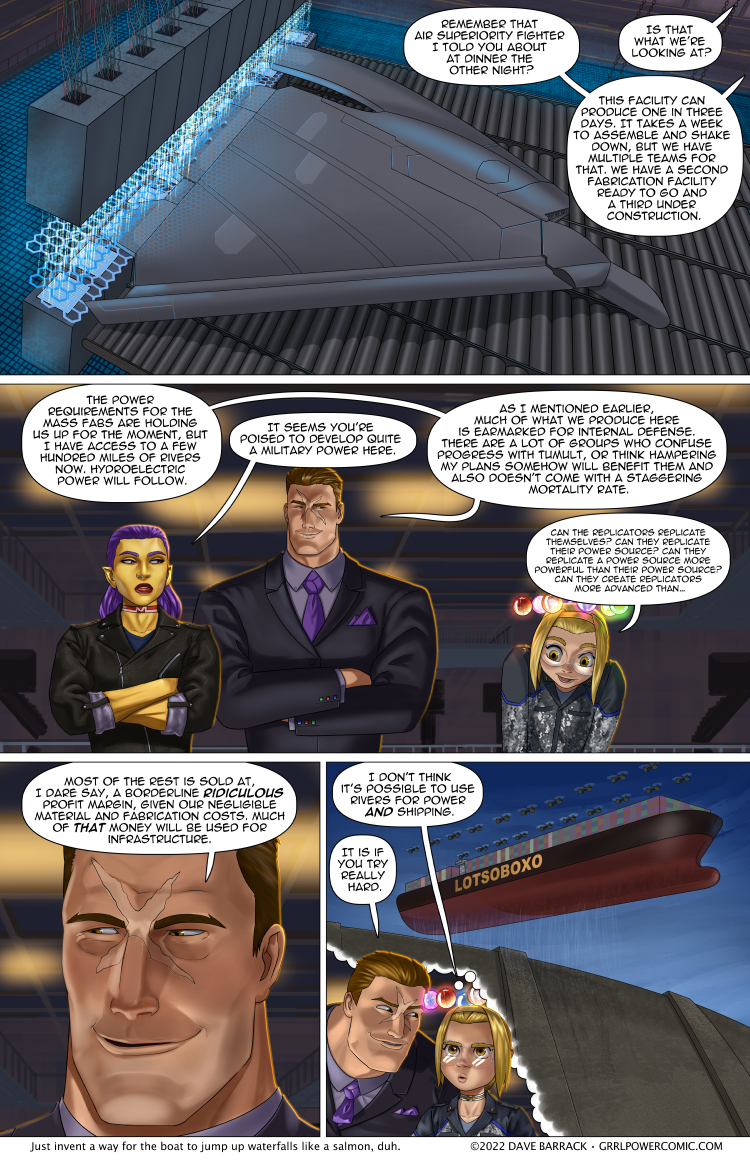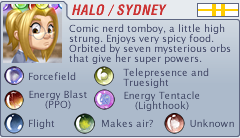Grrl Power #1027 – 1:1 Scale
Yeah, dams and giant shipping container boats don’t really mix. It’s not like you have to get the boats into the middle of a country for them to be useful, but the closer you can get to where you want them before you have to start relying on trains and mac trucks, the faster and cheaper it’s going to be. I don’t think anyone’s ever created a boat lock that can handle one of those mega shipping container boats, but then our world doesn’t have super powers either.
While it’s initially tempting to want to print out an entire jet fighter in one go, there are actually a lot of reasons not to. You still need separate parts and lots of hatches and panels for maintenance. If it’s all one piece, or if the frame is all one piece or something, if it takes significant damage to one wing, then you kind of have to scrap the whole thing. I think there’s a considerable leap between a matter replicator and a handheld “wave it at a broken part and fix it” repair module. The repairer would need to be able to de-replicate broken bits and edges (without causing a fission explosion) and then seamlessly integrate new matter into existing structure. So you still build larger things in parts and assemble them. And honestly, if printing out a jet fighter wing only takes 90 seconds, then it’s probably not too hard to have a stack of spares laying around. Assuming you have a few hundred kilowatt hours to spare.
The answer to “How many replicators could a replicator replicate if a replicator could replicate replicators.” will always either be zero or infinity. Although it the question itself qualifies “if a replicator could replicate replicators,” then the answer is always going to be infinity. Yes, assuming there’s not some dick move software preventing the unit from duplicating itself, but honestly, once you reach a tech level where you have matter replicators, all it takes is one open source project and then all the companies trying to monopolize the technology are donezo. And of course the answer isn’t actually infinity, partially because infinity is not actually a number, but also just general wear and tear means you’ll only get so many out of each unit, even with maintenance, before you’re better off replacing the thing. So I guess the answer is… 42.
Tamer: Enhancer 2 – Progress Update: It’s done!
 210K words of weapon building, dinosaur fighting, harem satisfying, lumberjacking, moderate diplomacing, bad guy chopping action. Also some humor.
210K words of weapon building, dinosaur fighting, harem satisfying, lumberjacking, moderate diplomacing, bad guy chopping action. Also some humor.
The new vote incentive is up! Lorlara is attempting to break office harassment rules.
Patreon includes some increasingly aggressive fashion choices. Bonus comic page is posted and she no longer has two left feet. Oops.
Double res version will be posted over at Patreon. Feel free to contribute as much as you like.



















I’ve got a correction for you in here. You don’t have to use dams for hydroelectric power, you can use water wheels. Sure, on an individual basis you don’t get as much power, but when you consider that a 20′ diameter water wheel only needs a 40′ gap from its neighbors you can put a lot of water wheels in a single mile of river, especially since you can put them along both sides of the river, potentially enabling you to have greater energy production than what that single mile of river could produce if you used a dam.
Also, they created a type of ‘water lock’ that can raise and lower ships so they can go around more traditional dams as well.
While this is true, I’m not sure if it’s particularly relevant. Water wheels would probably work better with a relatively steady river (like in Europe where they were prominent), while African rivers tend to have annual flooding that would completely drown the wheel.
Deus’ face tho
https://www.youtube.com/watch?v=hVyyxyU2Ksc
Giant locks!
https://en.m.wikipedia.org/wiki/Panama_Canal_expansion_project
Yep, dams – as much to control the flooding as for the power, and they can be combined with canal locks to allow barges (not the super container ships but pretty big, and power easy). And setup properly you get irrigation, mosquito control, cooling for industrial processes, etc, etc.
If you want to use rivers for power and shipping, consider developing parallel rivers differently. In southern Ontario, the Niagara River takes most of the water from Lake Erie to Lake Ontario, with most of that water going through the American and Canadian hydroelectric facilities on each side of the river. A few kilometres west, the Welland Canal handles the big container ships going from lake to lake, using a relatively minuscule amount of water for the job.